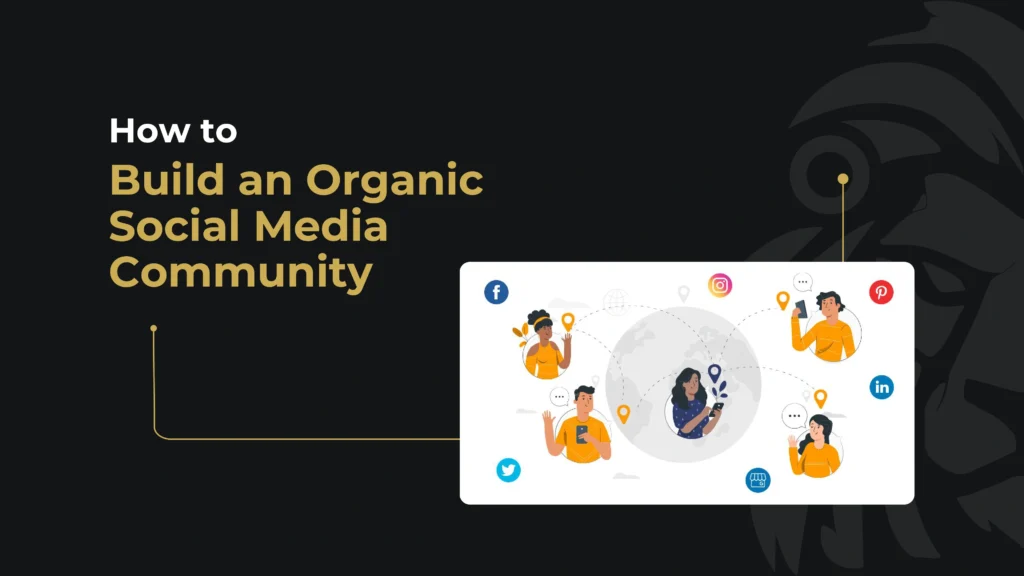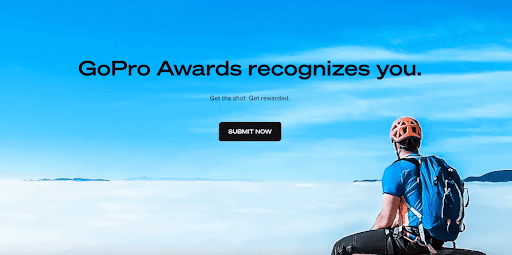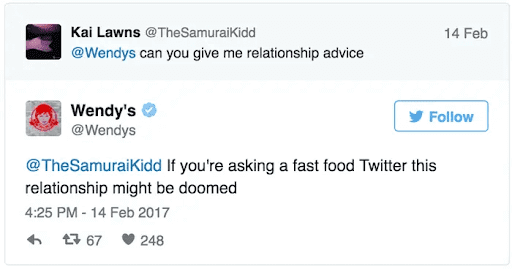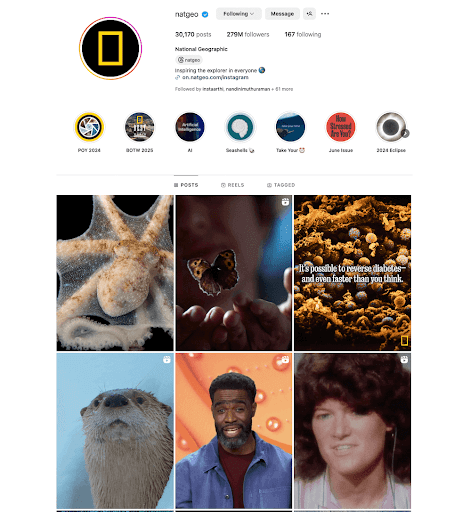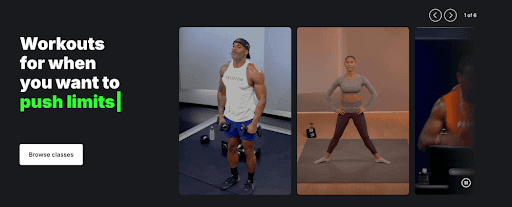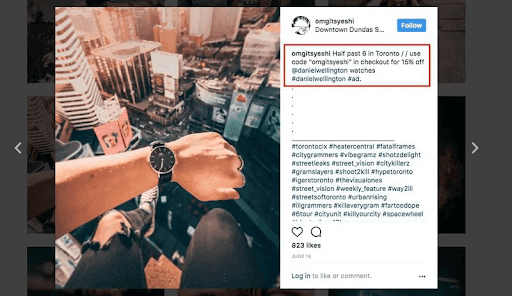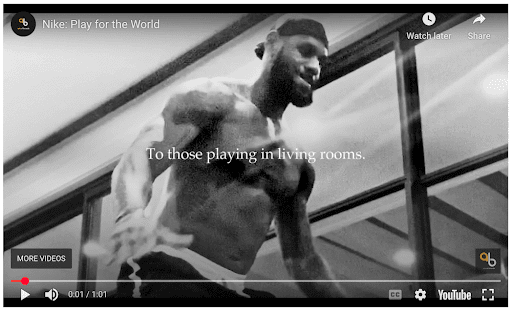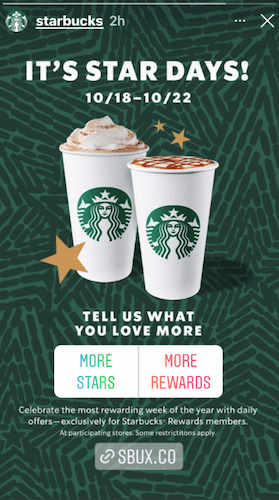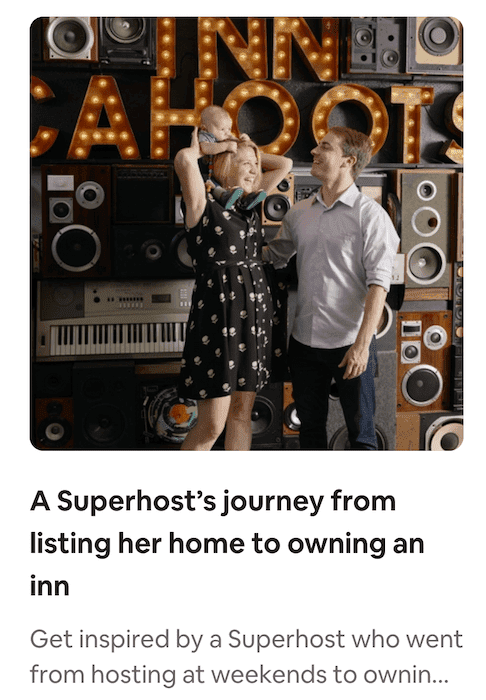Social media isn’t just a space for brands to advertise, it’s a powerful tool for creating real connections.
While many businesses pour money into ads, a strong organic social media community provides something paid promotions can’t: genuine engagement, long-term loyalty, and authentic word-of-mouth marketing.
An organic social media community consists of people who actively follow, interact with, and contribute to a brand’s content, not because they were targeted by an ad, but because they choose to be there.
Unlike paid reach, which disappears when the budget runs out, an engaged organic audience keeps the conversation going.
In this article, we’ll explore the fundamentals of organic social media, the differences between organic and paid reach, and why building a strong community matters.
We’ll also dive into the role of a community manager, the skills required for effective engagement, and share 12 proven strategies to grow an active, engaged social media audience.
Whether you’re starting from scratch or looking to strengthen an existing community, these insights will help you create meaningful connections that drive long-term success.
[lwptoc depth=”1″ numerationSuffix=”dot” title=”Table of Contents” toggle=”0″ backgroundColor=”#ffffff” borderColor=”#ffffff” linkColor=”#997317″]
The Basics of Organic Social Media
Organic Reach vs. Paid Reach
Social media platforms use algorithms to determine which content appears in users’ feeds.
Organic reach refers to the number of people who see content naturally, without the help of paid ads.
This happens when:
- Followers engage with posts, triggering algorithms to show the content to more people.
- Content is shared, extending its visibility beyond the immediate audience.
- The brand builds a reputation for consistently producing engaging posts.
Paid reach, on the other hand, requires financial investment.
It guarantees visibility but doesn’t guarantee engagement or long-term interest.
Relying solely on paid promotions without fostering an organic audience leads to a short-term gain but weak long-term retention.
Why An Organic Social Media Community Matters
A well-built organic social media community brings several benefits:
- Authentic Engagement – Organic followers interact because they want to, not because they were pushed into it by an ad.
- Cost-Effective Growth – Unlike paid ads that stop the moment funding runs out, organic engagement keeps delivering results.
- Stronger Brand Loyalty – An engaged audience is more likely to return, refer others, and become long-term customers.
- Valuable Customer Insights – Direct interactions provide unfiltered feedback, helping brands tailor content and offerings.
- Better Algorithmic Favourability – Platforms reward high-engagement content by showing it to more users, boosting visibility.
Key Elements of Organic Social Media Success
Success in organic social media isn’t accidental. It requires:
- Consistent Posting – Regular activity keeps a brand top-of-mind for followers.
- Valuable Content – Every post should either educate, entertain, or inspire.
- Active Engagement – Responding to comments, answering DMs, and acknowledging followers makes a difference.
- Community-Centred Approach – Brands that involve their audience in conversations and decisions build stronger relationships.
The Role of a Community Manager
What Does a Community Manager Do?
A strong organic social media community needs active management. A community manager plays a key role in keeping the audience engaged, moderating discussions, and making followers feel valued.
Responsibilities include:
- Monitoring Brand Mentions – Keeping track of how people talk about the brand online.
- Engaging with Followers – Answering questions, responding to comments, and participating in discussions.
- Handling Negative Feedback – Addressing complaints professionally to maintain a positive brand reputation.
- Encouraging User-Generated Content (UGC) – Motivating followers to share their experiences related to the brand.
- Tracking Analytics and Insights – Monitoring key metrics like engagement rates, comment patterns, and audience growth.
Essential Skills for Community Management
Effective community management goes beyond simply replying to comments or answering messages. It requires a combination of skills that help foster engagement, build trust, and maintain positive relationships with followers.
By developing these skills, you can turn casual interactions into meaningful connections that boost your brand’s online presence.
Here are the key skills every community manager should focus on:
- Strong Communication – Deliver clear, concise responses when interacting with followers. Whether you’re answering questions, addressing concerns, or starting conversations, your message should reflect your brand’s voice and values. Strong communicators stay professional without sounding robotic, blending warmth with clarity to create meaningful interactions.
- Empathy and Patience – Show empathy when dealing with frustrated or confused customers. Listening carefully, acknowledging concerns, and responding thoughtfully helps defuse tension and strengthens trust with your audience.
- Adaptability – Stay flexible to keep up with fast-changing social media trends. Adjust your tone, content style, or engagement tactics based on shifting audience preferences and platform updates.
- Creativity – Craft fresh, engaging content that grabs attention. Whether you’re writing witty captions, sharing memes, or posting interactive content, creativity keeps your audience entertained and reinforces your brand’s personality.
Mastering these skills empowers community managers to build stronger connections, foster loyalty, and create a vibrant organic social community.
How to Build Trust with Your Community
Trust is the foundation of any strong social media community. When followers feel valued and respected, they’re more likely to stay engaged, recommend your brand, and become loyal advocates. Earning that trust requires consistent effort and genuine connection.
Here’s how to build stronger relationships with your audience:
- Be Authentic – Speak like a human, not a corporate script. People connect with brands that show personality, honesty, and vulnerability. Whether sharing behind-the-scenes moments or admitting to a mistake, authenticity helps your audience relate to your brand.
- Acknowledge Contributions – Recognise the people who engage with your content. Highlight user-generated posts, celebrate positive comments, or simply thank followers for their input. Shining a spotlight on your community makes people feel seen and appreciated, encouraging them to stay involved.
- Encourage Open Conversations – Create space for dialogue by asking questions, inviting feedback, or starting discussions. When people feel their voices matter, they’re more likely to engage and develop a stronger bond with your brand.
- Stay Transparent – Be upfront about product updates, policy changes, or challenges your brand is facing. Transparency shows honesty, and audiences are more forgiving when they feel informed rather than left in the dark.
Building trust takes time, but these practices help create a community that feels valued, heard, and connected.
12 Strategies for Building a Social Media Community
Growing a loyal audience takes effort. Below are 12 proven strategies to develop a thriving organic social media community:
1. Post Shareable Content
People naturally share content that makes them feel something, whether it’s humor, nostalgia, inspiration, or curiosity.
The more relatable or entertaining a post is, the more likely it will spread beyond the brand’s immediate audience.
Shareable content can take many forms, from memes and infographics to behind-the-scenes moments and industry insights.
Why this works:
- Expands organic reach: The more a post is shared, the more people discover the brand.
- Strengthens community engagement: Content that sparks conversations leads to more interactions.
- Positions the brand as part of cultural trends: Timely, relevant posts keep the brand in the loop.
For instance, Duolingo has mastered shareable content by using its Instagram account to post humorous, trend-driven videos featuring its mascot, Duo.
These lighthearted, meme-worthy posts consistently go viral, earning thousands of shares and keeping their audience engaged while subtly reinforcing their brand message.
2. Leverage User-Generated Content (UGC)
People love seeing their own content featured by brands. Encouraging followers to tag the brand or use specific hashtags increases organic reach and credibility.
When real customers share their experiences, it adds social proof, making potential buyers more likely to trust the brand.
User-generated content (UGC) can take many forms, including:
- Customer testimonials – Sharing real feedback from users builds trust.
- Photos and videos – Followers showcasing products in real-world settings make marketing feel authentic.
- Success stories – Case studies or before-and-after posts highlight tangible benefits.
- Creative brand interactions – Memes, artwork, or fun product-related content add personality.
GoPro has built its entire brand around UGC. Instead of traditional ads, they feature high-quality videos and photos shot by real users with GoPro cameras. They encourage customers to share their content using GoPro Awards, offering prizes for the best submissions.
By consistently featuring user-generated footage, GoPro turns customers into brand ambassadors, increasing engagement and driving sales, without relying solely on paid promotions.
This strategy also strengthens their community, as users feel recognised and valued.
3. Engage Actively in Comments and Messages
Social media works best when it feels like a two-way conversation.
Brands that interact with their audience, rather than just broadcasting messages, create stronger connections and encourage more engagement.
Liking, replying, and even initiating discussions show that followers are more than just numbers; they’re valued members of the community.
Why this matters:
- Boosts engagement: The more activity in the comments, the more likely the platform’s algorithm will promote the content.
- Strengthens brand loyalty: People are more likely to support businesses that acknowledge and interact with them.
- Encourages future interactions: A history of engagement makes followers more inclined to participate in discussions.
Wendy’s has built a reputation for its playful and sarcastic approach to social media, particularly on Twitter/X. Rather than using standard corporate replies, their team engages with humour and personality, making their interactions highly shareable.
4. Stick to a Consistent Posting Schedule
Going silent for weeks at a time makes it easy for audiences to forget about a brand. Regular posting keeps engagement steady and signals reliability.
A well-planned posting schedule ensures that content reaches followers at optimal times, increasing visibility and interaction.
Why consistency matters:
- Builds audience expectations: Followers know when to expect new content, making them more likely to engage.
- Improves algorithm performance: Social media platforms favor accounts that post regularly, leading to higher organic reach.
- Strengthens brand identity: A steady stream of content reinforces messaging, values, and personality.
For instance, National Geographic maintains a consistent posting rhythm across social platforms, especially on Instagram, where they share breathtaking photography daily. Their audience expects high-quality visuals and storytelling, and they deliver without fail.
Because of their predictable posting frequency, engagement remains high, and followers continuously return for more content.
Bottom line: This approach keeps National Geographic top-of-mind while reinforcing its authority in nature, wildlife, and exploration.
5. Host Live Sessions and Q&As
Live video creates a sense of immediacy that pre-recorded content can’t match.
According to Sprout Social, live videos get 3x more interactions on Facebook compared to other post types, and generate a staggering 24x more comments on LinkedIn than standard video content.
Real-time interactions make the audience feel more connected to a brand, giving them a chance to ask questions, share opinions, and engage in meaningful conversations.
Whether it’s a Q&A, a product demo, or an exclusive behind-the-scenes look, live sessions encourage active participation and keep followers invested.
Peloton has excelled in this space by using live video to foster a strong fitness community. Their live workout classes on Instagram and Facebook allow instructors to engage directly with viewers, offering shout-outs, motivational boosts, and personalised tips during sessions.
6. Collaborate with Micro-Influencers
Mega-influencers and celebrities may have massive followings, but their recommendations often feel like paid endorsements.
Micro-influencers, on the other hand, have smaller but highly engaged audiences that trust their opinions.
Partnering with them can help you tap into niche communities and gain credibility in a more organic way.
Daniel Wellington, the minimalist watch brand, became a global success by focusing on micro-influencer marketing instead of traditional advertising.
Instead of paying for big celebrity endorsements, they sent free watches to micro-influencers on Instagram, encouraging them to post stylish photos and videos wearing the product.
By partnering with influencers who had highly engaged followers in fashion and lifestyle communities, Daniel Wellington built an aspirational yet attainable brand image, helping it become one of the world’s leading watch companies.
7. Create Exclusive Community Challenges and Events
People engage more when they feel like they’re part of something bigger.
Hashtag challenges, contests, and interactive events give followers a sense of participation and belonging. When done right, these initiatives encourage user-generated content, boost engagement, and expand a brand’s reach.
During the early days of the pandemic, Nike launched the ‘play inside, play for the world’ campaign to encourage people to stay active while staying indoors. They invited athletes and everyday users to share their at-home workouts using the #playinside hashtag, turning it into a global movement.
The campaign not only reinforced Nike’s brand values but also helped strengthen its online community.
8. Utilise Stories and Polls
Short-form, interactive content keeps audiences engaged without requiring heavy content production.
Features like Instagram Stories, LinkedIn polls, and Twitter/X Q&As make it easy for followers to interact with a brand in a low-effort, high-engagement way.
These tools create quick touchpoints that keep a community active and invested.
Starbucks frequently uses Instagram Stories polls to engage its audience in fun and interactive ways. They ask followers to vote on seasonal drink flavors, coffee preferences, and even potential new product ideas.
By keeping the participation simple, just a tap, Starbucks encourages engagement while also gathering insights into customer preferences.
Regularly using polls, quizzes, and question stickers makes a brand feel more approachable and keeps conversations flowing between larger content pieces.
9. Showcase Customer Testimonials and Success Stories
Real experiences from satisfied customers build trust and credibility.
Featuring testimonials, case studies, or user success stories highlights a brand’s impact and provides social proof that attracts new community members.
When people see others benefiting from a product or service, they’re more likely to engage and share their own experiences.
Airbnb regularly shares host success stories on its social media platforms, showcasing how everyday people have transformed their homes into thriving rental spaces.
By featuring real hosts and their experiences, Airbnb not only promotes its platform but also inspires others to join the community.
- Keep a Relatable and Authentic Tone
People engage more with brands that feel real. A rigid, overly polished tone can create distance, while a conversational and approachable voice fosters connection.
Whether through captions, replies, or videos, authenticity encourages interaction and keeps followers coming back.
Why this works:
- Builds trust: A conversational tone feels more genuine, making followers more comfortable engaging with the brand.
- Encourages interaction: People are more likely to comment, share, or ask questions when the language feels natural and inviting.
- Humanises the brand: An authentic tone makes the brand feel less like a corporation and more like a relatable presence in the community.
11. Ask Questions to Encourage Discussion
Open-ended questions in captions encourage people to comment because they invite discussion rather than a simple “yes” or “no” response.
They create opportunities for followers to share their opinions, personal experiences, and insights, leading to higher engagement and a more interactive community.
To make your audience feel heard, frame your questions around their thoughts, challenges, or ideas. Instead of saying, “Check out our new product,” try:
- “What features matter most to you in a [product type]?”
- “What’s the biggest challenge you’ve faced with [industry topic]?”
- “If you could improve one thing about [product/service], what would it be?”
12. Track Analytics and Adjust Accordingly
Building an organic social media community isn’t just about posting content, it’s about understanding what resonates with the audience and refining strategies over time.
Tracking key metrics like engagement rates, audience growth, and comment trends helps you identify what’s working and what needs improvement.
Regularly reviewing analytics provides valuable insights into:
- Content performance – Which posts generate the most likes, shares, and comments? Are certain topics or formats driving higher engagement?
- Audience behaviour – What times and days see the highest activity? Are there specific trends in how followers interact with different types of content?
- Community sentiment – Are people responding positively, asking questions, or expressing concerns? Analysing comments and direct messages helps gauge overall brand perception.
Regularly tracking analytics helps you refine your strategies, improve engagement, and keep your community active and growing.
Conclusion: The Power of an Organic Social Media Community
A thriving organic social media community is more than just a collection of followers, it’s a foundation for brand authority, trust, and long-term growth.
Unlike paid strategies that vanish when the budget runs dry, an engaged audience keeps conversations alive, advocates for the brand, and fuels sustainable visibility.
Building this kind of community isn’t about shortcuts; it’s about strategy, consistency, and authenticity.
From crafting shareable content to actively engaging in comments, hosting live sessions, and leveraging user-generated content, every interaction strengthens relationships and deepens audience loyalty.
The long-term benefits speak for themselves. A well-managed community drives organic reach, boosts brand credibility, and turns customers into brand ambassadors, reducing dependency on paid ads while increasing sustainable engagement.
When businesses invest in genuine audience connection, they don’t just compete; they dominate.
At Dominate Online, we specialise in results-driven social media strategies that don’t just increase visibility but build communities that convert. If you’re ready to take control of your digital presence and grow an engaged audience that fuels real business impact, we’re here to help.
Click here to learn more about our Social Media Management services
